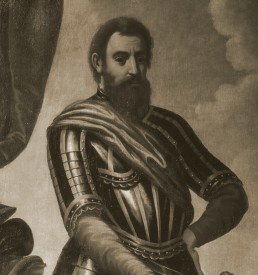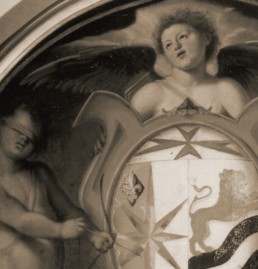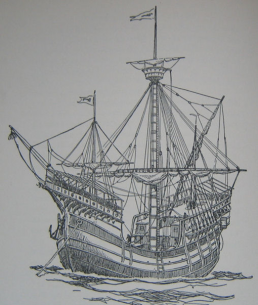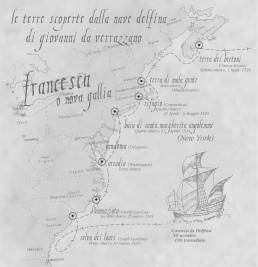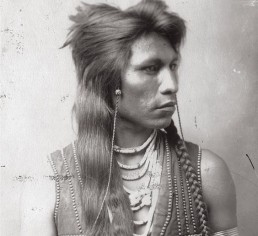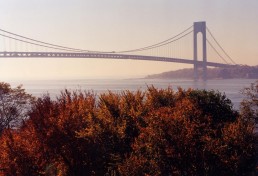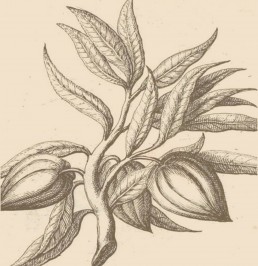Giovanni da Verrazzano
Giovanni da Verrazzano, native of the castle in Greve, was born in 1485 to the Florentine noble parents Pier Andrea Bernardo da Verrazzano and Fiammetta Capelli. Between 1507 and 1508 he settled in Dieppe, France, where he came into contact with the leaders of the French Navy. Between 1522 and 1523 he persuaded King Francis I to promote an expedition aimed to find a passage to the west from the Atlantic to the Pacific Ocean. Verrazzano was thus the first to explore the east coast of the current United States of America. April 17, 1524 he reached the New York Bay. In 1528, during his third expedition, Verrazzano was captured and eaten by a tribe of cannibals. With Columbus, Vespucci and Cabot, Verrazzano is one of the great Italians who contributed to the exploration of the New World.
Florence in the XVI Century
The Renaissance was a period of great economic and cultural prosperity in Europe. The epicenter of this renewal was Florence, where intellectuals developed a new conception of mankind, pointing out his natural and earthly values in line with the objectives of the Medicean Oligarchy. The pressure of the Florentine big bankers and patrons business and building bloomed, infusing new stimuli to the literary, historical and artistic world at the same time. The classical culture was rediscovered and enhanced through a new philological approach. The colonial expansion broadened the horizon of the European world by moving the fulcrum of trade from the Mediterranean Sea to the Atlantic Ocean. The Florentine Renaissance knew a first crisis after the death of Lorenzo The Magnificent (1492) which was followed by the restoration of a medieval theocratic Republic established by G. Savonarola, intended to last beyond his burning at the stake in 1498.
Technical innovations and great voyages
Between the XV and the XVI Century, the ocean crossings were made possible by the technological development of shipbuilding. The ship “Delfina”, with which Verrazzano reached the American east coast, was a carrack, or a sailing vessel with three or four trees adopted in the Mediterranean Sea in the XV Century and designed in its essential traits by the Genoeses who, unlike the Venetians, had always preferred to use large ocean-going vessels for their trade. Large enough to face the rough seas and roomy enough to carry provisions, it was the first vessel designed for the oceanic navigation in Europe.
The Discovery
Livorno, Impruneta, Monte Morello, Careggi, Orto dei Rucellai, S. Gallo, Vallombrosa, Annunziata are just some of the Tuscan place names that Verrazzano gave to some of the areas he explored. Unfortunately, many of them disappeared soon overshadowed by the dominant Spanish and Portuguese cartography.
Here are the names that the Florentine navigator attributed to the coastal terriotories, according to a well-established reconstruction:
- Wood of the Laurels (South Carolina)
- Annunziata (North Carolina)
- Arcade (Washington DC)
- Vendome (Delaware)
- Bay of St. Marguerite Angouleme (New York)
- Refuge (Connecticut)
- Land of Evil People (Massachusetts)
- Land of the Bretons (Nova Scotia)
American Indians
“They are dark-skinned, similar to the Ethiopians. They have black, thick and not very long hair […] Well proportioned, of medium height, sometimes higher than ours, with a broad chest, strong arms and nicely laid out legs and other body parts. Their eyes are large and black, watchful and lively. They do not have a great physical strength but a keen intelligence and are agile and very strong runners […] They are very generous. They are willing to give everything they have. We struck up a good friendship with them.”
(G. da Verrazzano, letter to the King of France Francis I, July 1524)
The NY Bridge
The Verrazano Narrows Bridge in New York is one of the greatest awards dedicated to the Florentine navigator. Designed by O. H. Amman, already famous for the Golden Gate in San Francisco, it was inaugurated November 21, 1964 and bears the name of Verrazano (one zeta) according to the XV Century spelling. On April 17, 1963 three stones extracted from the foundations of Castello di Verrazzano were walled up at the entrance to the viaduct of the bridge. On the same day, three stones from the foundation of the bridge were affixed to the front of the villa in Greve.
The Gastronomic Revolution
The discovery of the New World represented a revolution in the diet of the Old Continent, contributing to the introduction of several products now become real pillars of the European cuisine. Initially traded for their mostly ornamental function (such as tomato), or intended for animal feed (such as corn), they have then radically changed our eating habits. Among the most important ones we can also mention cocoa, potatoes, beans, peppers, pumpkins, vanilla, pineapples and turkey meat.
